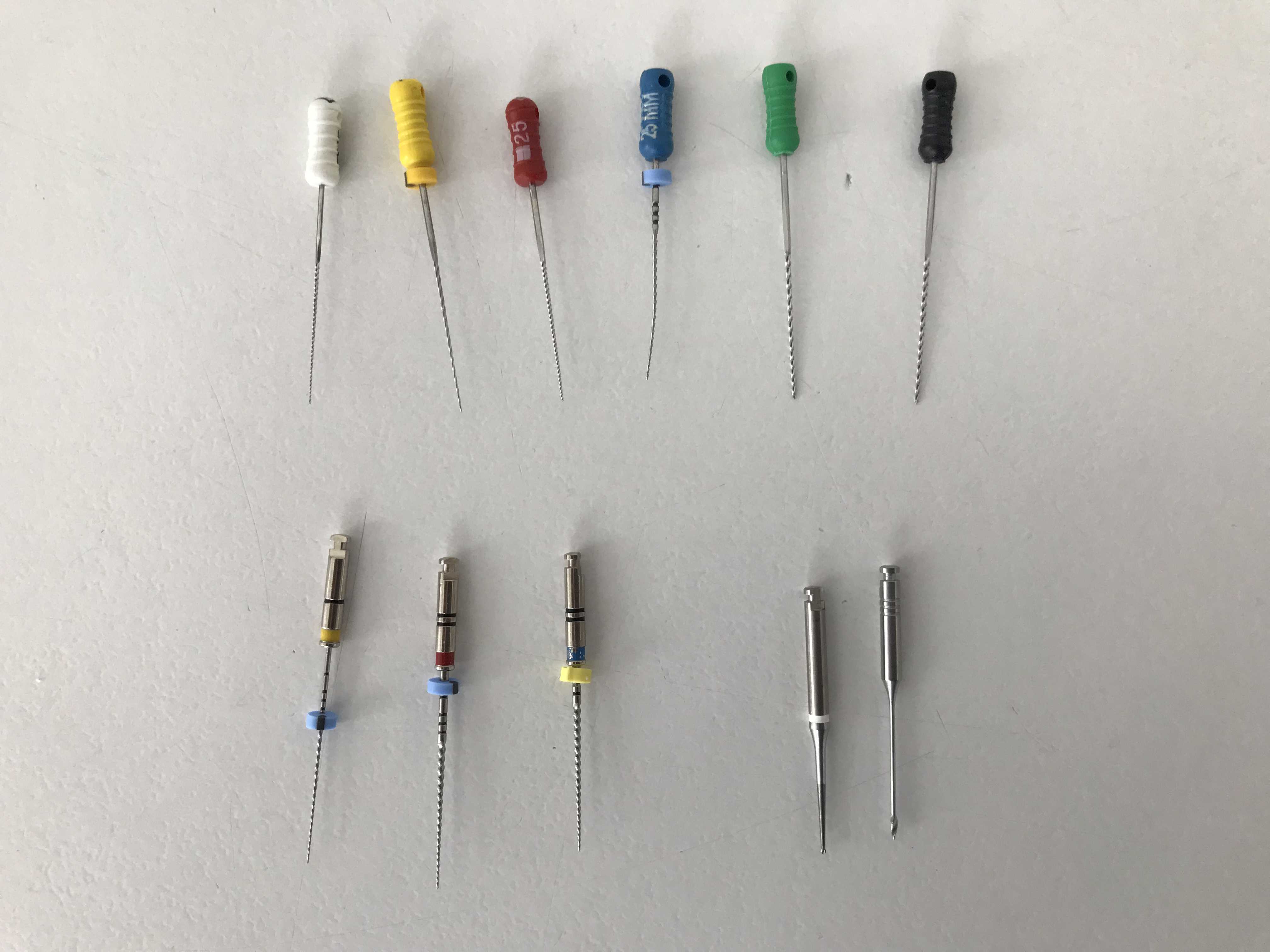Endodontics
Root canal treatment
At the centre of a tooth is the ‘pulp’. This contains blood vessels, connective tissue and a nerve supply to the tooth. This gives the tooth feeling, sensitivity and keeps the tooth ‘alive’. It is possible however, for the pulp to get inflamed, or infected, eventually leading to pulp death (necrosis). There are several key reasons why this may happen:
- trauma - if there is a blow to a tooth, the pulp can die in response;
- a crack in the tooth allowing bacteria close to, or in to the pulp space;
- over-heating of a tooth (during some dental procedures);
- if a tooth is knocked out (avulsed) and put back in the mouth (re-implanted);
- if the pulp is exposed during a deep filling;
- if a hole in the tooth (due to tooth wear or a cavity/decay) is deep and bacteria reach the nerve;
- rarely movement of a tooth due to braces.
If the nerve becomes inflamed, you might experience some sensitivity or tooth ache. Eventually, the nerve will start to die, often causing a more severe, constant pain and an abscess might develop. Once the pulp is dead, the space it is in can become filled with bacteria, meaning the infection doesn’t clear up by itself.
The tooth might have to be removed, or your dentist might be able to offer you a root canal treatment. This involves cleaning out the dead pulp and filling up the hollow space with rubber, to block out any more bacteria from entering. Different teeth have a different number of ‘canals’, there can be four or more pulp chambers to clean in one tooth. The tooth might be weak from having the inside cleaned out and it is important that no more bacteria can creep in to the tooth from the top, therefore a ‘crown’ might be recommended to cover and seal the tooth.
The common steps for a root canal treatment are as follows:
- images – X-ray radiographs will usually be taken to assess the shape of the pulp space and the length of the root, as this cannot be seen by looking in the mouth;
- anaesthesia - the tooth will be numbed before treatment to make it comfortable for you;
- ‘rubber dam’ - usually, the tooth will be poked through a hole in a rubber sheet which sits over your mouth. You can breathe through this but it stops any of the disinfectant chemicals going in to your mouth and stops bacteria from your mouth getting in to the tooth;
- access - usually, a small hole is drilled in the top of the tooth so the dentist can see the pulp and clean inside it;
- cleaning - chemicals and small files are used to clean the dead pulp out, more images may be taken to check the files are in the right place and a small machine can be used to alert the dentist as to when the files are at the tip of the tooth;
- root canal filling - the clean, hollow space is filled with a rubber material to block bacteria out;
- final restoration - a filling or crown is placed to seal the top of the tooth and protect it.
Because the files being used are very thin and delicate (Figure 1), sometimes they can break inside the tooth. This is uncommon but does reduce the success of treatment. Microscopic gaps in the rubber and underneath the final crown/filling can mean bacteria get back in to the space and cause another infection. Although a re-root canal treatment might be possible, the chance of it being successful is lower.
